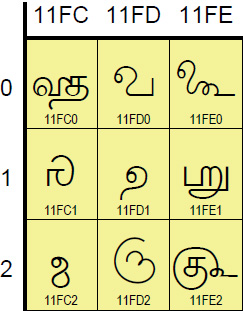
The beta review period for Unicode 12.0 has started. The Unicode Standard is the foundation for all modern software and communications around the world, including all modern operating systems, browsers, laptops, and smart phones—plus the Internet and Web (URLs, HTML, XML, CSS, JSON, etc.). The Unicode Standard, its associated standards, and data form the foundation for CLDR and ICU releases. Thus it is important to ensure a smooth transition to each new version of the standard.
Unicode 12.0 includes a number of changes and 554 new characters. Some of the Unicode Standard Annexes have modifications for Unicode 12.0, often in coordination with changes to character properties. In particular, there are minor changes to UAX #29, Unicode Text Segmentation, to account for differences in Georgian casing behavior. Four new scripts have been added in Unicode 12.0. There are also 61 additional emoji characters, as well as very significant enhancements to the representation and behavior of multiperson emoji.
Please review the documentation, adjust your code, test the data files, and report errors and other issues to the Unicode Consortium by January 7, 2019. Feedback instructions are on the beta page.
See
http://unicode.org/versions/beta-12.0.0.html for more information about testing the 12.0.0 beta.
See
http://unicode.org/versions/Unicode12.0.0/ for the current draft summary of Unicode 12.0.0.
About the Unicode Consortium
The Unicode Consortium is a non-profit organization founded to develop, extend
and promote use of the Unicode Standard and related globalization standards.
The membership of the consortium represents a broad spectrum of corporations and organizations, many in the computer and information processing industry. Members include: Adobe, Apple,
Emojipedia, Facebook, Google, Government of Bangladesh, Government of India, Huawei, IBM, Microsoft, Monotype Imaging, Netflix,
Sultanate of Oman MARA, Oracle, SAP, Shopify, Tamil Virtual University, The University of California (Berkeley),
plus well over a hundred Associate, Liaison, and Individual members. For a complete member list go to
http://www.unicode.org/consortium/members.html.
Over 130,000 characters are available for adoption, to
help the Unicode Consortium’s work on digitally disadvantaged languages.
![[badge]](http://www.unicode.org/announcements/ynh-infinity.png)
 The Unicode Consortium announces the election of director Tim Brandall for a one year term beginning January 2019. Michele Coady has decided to retire.
The Unicode Consortium announces the election of director Tim Brandall for a one year term beginning January 2019. Michele Coady has decided to retire.![[badge]](http://www.unicode.org/announcements/ynh-infinity.png)
![[badge]](http://www.unicode.org/announcements/ynh-infinity.png)

 This holiday season you can give a unique gift by adopting any emoji, letter,
or symbol — and help support the Unicode Consortium’s mission to enable all
languages to be used on computers. Three levels of sponsorship are
available, starting at $100. With over 130,000 characters to choose from, you
are certain to find an appropriate character, for even the most demanding
recipient. All sponsors will receive a custom digital badge featuring the
adopted character for use on the web and elsewhere. Sponsors at the two highest
levels will receive a special thank-you gift engraved with the name you supply
and the adopted character.
This holiday season you can give a unique gift by adopting any emoji, letter,
or symbol — and help support the Unicode Consortium’s mission to enable all
languages to be used on computers. Three levels of sponsorship are
available, starting at $100. With over 130,000 characters to choose from, you
are certain to find an appropriate character, for even the most demanding
recipient. All sponsors will receive a custom digital badge featuring the
adopted character for use on the web and elsewhere. Sponsors at the two highest
levels will receive a special thank-you gift engraved with the name you supply
and the adopted character. The beta review period for Unicode 12.0 has started. The Unicode Standard is the foundation for all modern software and communications around the world, including all modern operating systems, browsers, laptops, and smart phones—plus the Internet and Web (URLs, HTML, XML, CSS, JSON, etc.). The Unicode Standard, its associated standards, and data form the foundation for CLDR and ICU releases. Thus it is important to ensure a smooth transition to each new version of the standard.
The beta review period for Unicode 12.0 has started. The Unicode Standard is the foundation for all modern software and communications around the world, including all modern operating systems, browsers, laptops, and smart phones—plus the Internet and Web (URLs, HTML, XML, CSS, JSON, etc.). The Unicode Standard, its associated standards, and data form the foundation for CLDR and ICU releases. Thus it is important to ensure a smooth transition to each new version of the standard. The Emoji 12.0 Beta contains 236
The Emoji 12.0 Beta contains 236
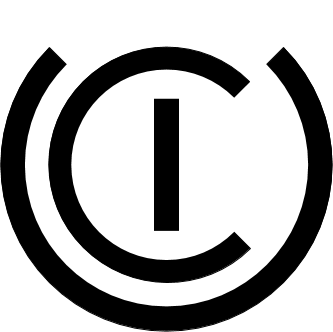 Unicode® ICU 63 has just been released. It updates to
Unicode® ICU 63 has just been released. It updates to
 Version 34 is the latest version of CLDR, the core open-source language data
that major software systems use to adapt software to the conventions of over 80
different languages. CLDR data is used by many products for Unicode and language
support, including Android, Cloudant, Chrome OS, Db2, iOS, macOS, Windows, and
many
Version 34 is the latest version of CLDR, the core open-source language data
that major software systems use to adapt software to the conventions of over 80
different languages. CLDR data is used by many products for Unicode and language
support, including Android, Cloudant, Chrome OS, Db2, iOS, macOS, Windows, and
many 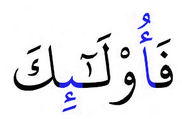 The combining classes of Arabic combining characters in Unicode are different than combining classes in most other scripts. They are a mixture of special classes for specific marks plus two more generalized classes for all the other marks. This has resulted in inconsistent and/or incorrect rendering for sequences with multiple combining marks since Unicode 2.0.
The combining classes of Arabic combining characters in Unicode are different than combining classes in most other scripts. They are a mixture of special classes for specific marks plus two more generalized classes for all the other marks. This has resulted in inconsistent and/or incorrect rendering for sequences with multiple combining marks since Unicode 2.0.
 The Unicode Consortium announces the election of four Directors for three year terms beginning January 2019: Bob Jung, Iris Orriss, Alolita Sharma, and Greg Welch. A fifth candidate, Michele Coady, was elected for a one year term.
The Unicode Consortium announces the election of four Directors for three year terms beginning January 2019: Bob Jung, Iris Orriss, Alolita Sharma, and Greg Welch. A fifth candidate, Michele Coady, was elected for a one year term. The Unicode Consortium would like to welcome a new Technical Director, Dr. Ken Lunde.
The Unicode Consortium would like to welcome a new Technical Director, Dr. Ken Lunde.
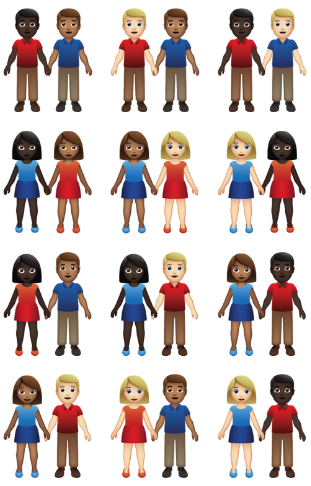 There are now 179 proposed
There are now 179 proposed 

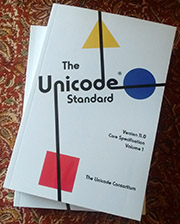 The Unicode 11.0 core specification is now available in paperback book form with a new, original cover design. This edition consists of a pair of modestly priced print-on-demand volumes containing the complete text of the core specification of Version 11.0 of the Unicode Standard.
The Unicode 11.0 core specification is now available in paperback book form with a new, original cover design. This edition consists of a pair of modestly priced print-on-demand volumes containing the complete text of the core specification of Version 11.0 of the Unicode Standard.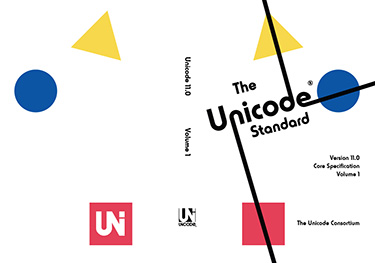
![[cover art by Monica Tang]](http://www.unicode.org/announcements/annc-v11-tang-v12-art.jpg)
![[art by Hasutai]](http://www.unicode.org/announcements/annc-v11-hasutai-art.jpg)
![[art by Maurice Meilleur]](http://www.unicode.org/announcements/annc-v11-meilleur-art.jpg)

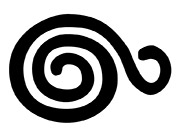 Version 11.0 of the Unicode Standard is now available, both the core
specification and data files. Version 11.0 adds 684 characters, for
a total of 137,374 characters. These additions include seven new
scripts, for a total of 146 scripts, as well as 145 new emoji.
Version 11.0 of the Unicode Standard is now available, both the core
specification and data files. Version 11.0 adds 684 characters, for
a total of 137,374 characters. These additions include seven new
scripts, for a total of 146 scripts, as well as 145 new emoji.![[emoji image]](http://www.unicode.org/announcements/ynh-fortune-cookie.png)
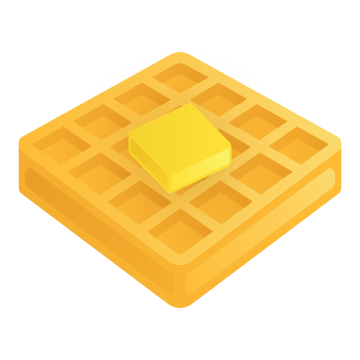 104 proposed
104 proposed 


![[badge]](http://unicode.org/announcements/ynh-infinity.png)
 The deadline for emoji for 2019 was April 1, so any submissions received after that date are considered for release in 2020.
The deadline for emoji for 2019 was April 1, so any submissions received after that date are considered for release in 2020.